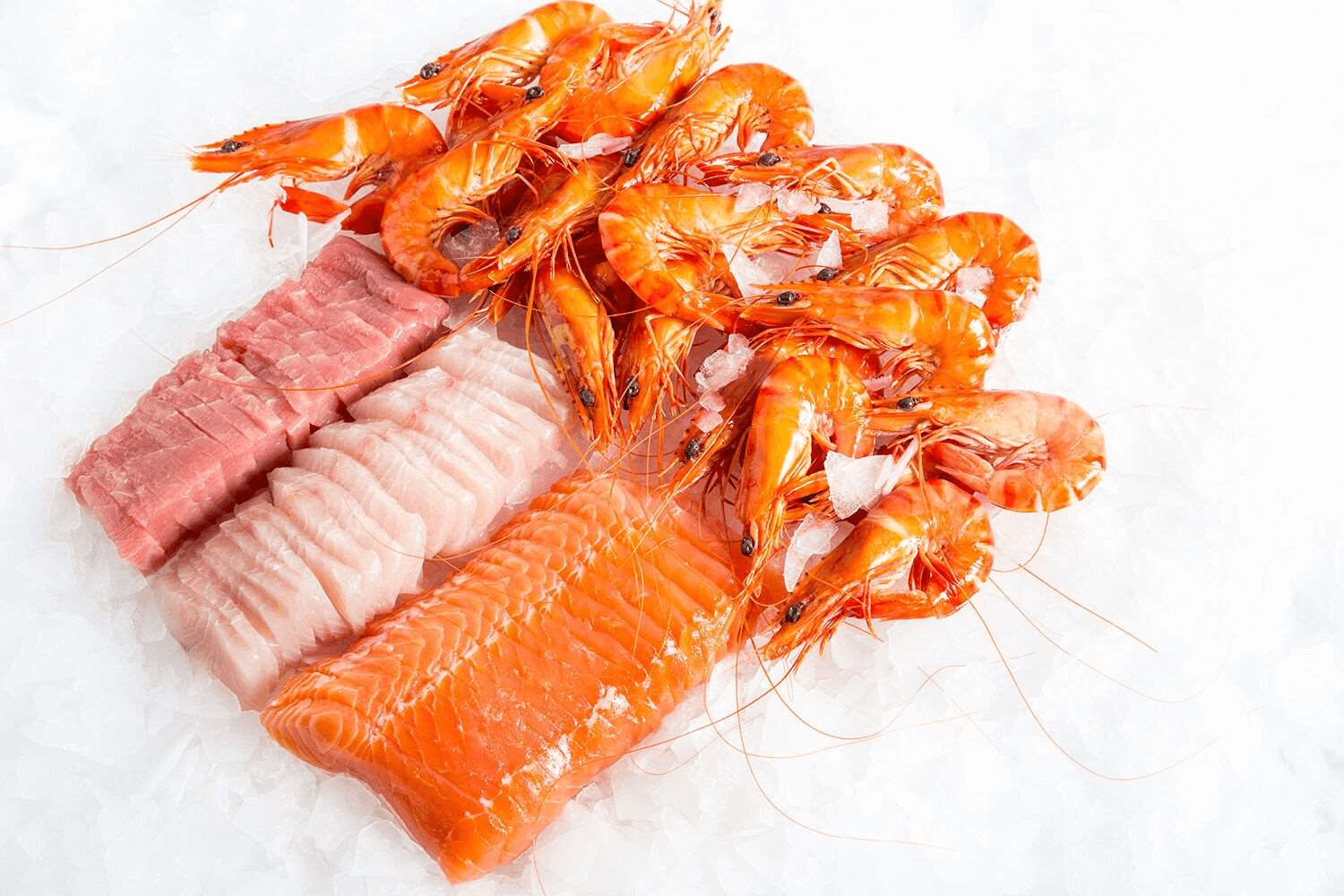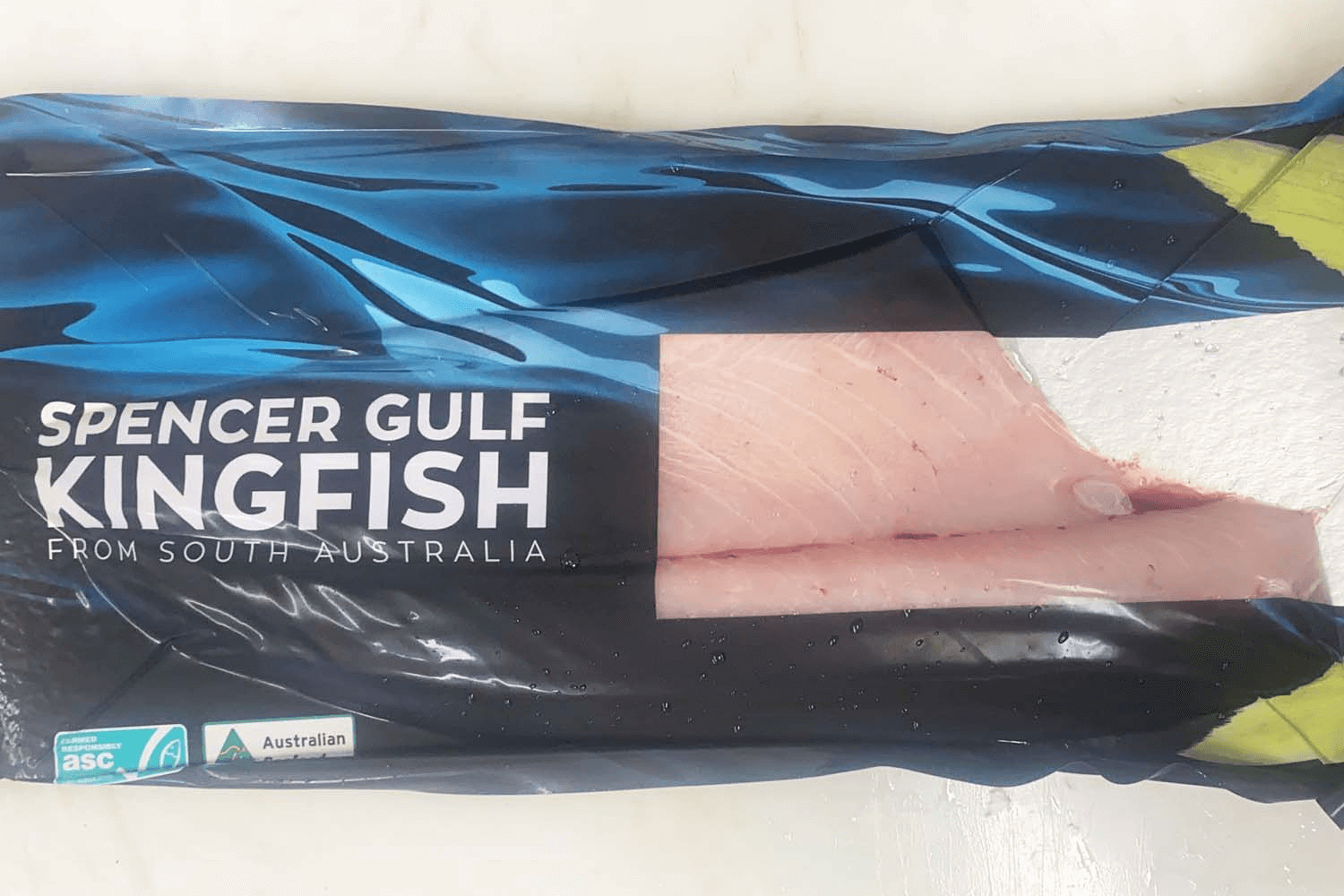

EASTER ORDERS ARE CLOSED!
Wishing everyone a Happy Easter



Are you sure you’re getting quality sushi or sashimi?
Freshness is the key to good sushi and sashimi, and this is particularly true when it comes to the fish. Both of these Japanese delicacies feature raw fish, and if you’re going to prepare either of these sumptuous delicacies, understand that choosing the right seafood and keeping it fresh is paramount in having a great sushi experience.
Whether you’re a home cook or a professional chef, knowing the differences between sushi-grade fish and sashimi-grade fish is crucial. Remember that your choice is essential to ensuring not only a delicious but also a safe meal.
Understandably, not all fish are safe to eat raw. Some species may contain parasites or bacteria that can make you ill. As a general rule, fish that is safe to eat raw should be fresh and of the highest quality. Common types of ocean produce that lend themselves to raw consumption include:
It’s important the note that, as with any other fish, the types of fish mentioned above be stored and handled properly to maintain their freshness and quality.

With a refined texture and mild marbling, this bluefin tuna sashimi will melt in your mouth.
Sushi-grade fish is a marketing term, for the most part, with no official or regulated definition. It’s simply a term used to indicate that the fish is fresh and safe to eat uncooked. It’s often said that sushi-grade fish is fish that has been frozen at a certain temperature for a certain amount of time to kill parasites.
The freezing process is important for sushi-grade fish because it kills parasites that can be present in raw fish. It’s recommended that fish intended for raw consumption be frozen at -20°C for at least 7 days or at -35°C for at least 15 hours. This is known as the parasite destruction guarantee.
However, the freezing process can affect the taste and texture of the fish, which is why sushi and sashimi restaurants strictly use fresh, high-quality fish that has been frozen and thawed carefully. Certain seafood like surf clams and cod worm require different methods of preparation to ensure safe consumption.

Want your seafood as natural as possible? Order this mixed sashimi and prawn box online from Manettas.
Sashimi-grade fish is also an unregulated term. Like sushi-grade fish, it refers to high-quality fish that can be consumed raw. However, sashimi-grade fish is typically served without rice and is often served with soy sauce and wasabi.
The key difference between sushi and sashimi lies in how they’re cut and served. Sashimi is the more thinly sliced raw meat, whereas sushi can be cut into larger pieces. This is because sashimi is meant to be eaten with chopsticks, whereas sushi is meant to be eaten with your hands.
Processing and storing fish that you intend to eat raw requires strict adherence to food safety guidelines to prevent foodborne illness. Here are some best practices for handling sushi-grade fish, sashimi-grade fish and other seafood that is often consumed raw:

Get salmon, tuna and hiramasa kingfish sashimi all in one order with Manettas’ famous mixed sashimi box.
When buying sushi-grade fish or sashimi-grade fish, it’s important to look for fresh fish that’s actually meant to be consumed raw. Here are some tips to ensure you’re choosing the best fish:

Fact: This Fresh Spencer Gulf kingfish sashimi loin is used in almost every high-end restaurant across Australia.
At the end of the day, while there may be no official standards for sushi- or sashimi-grade seafood, there’s no denying that this type of ocean produce is one of the best options for raw consumption.
Importantly, sushi-grade seafood undergoes a more stringent selection process to ensure that it’s free from parasites and other contaminants. In the same vein, sashimi-grade fish is held to a superior standard of taste and texture, especially because it is served without the accompaniment of sushi rice.
Whether you prefer to indulge in sushi or sashimi, it’s always best to purchase your ocean fresh delicacies from a trusted seafood retailer. As one of Australia’s leading online seafood marketplaces, Manettas is ready to bring you the delicate and delicious flavours of sushi and sashimi—handpicked everyday and delivered Australia-wide.